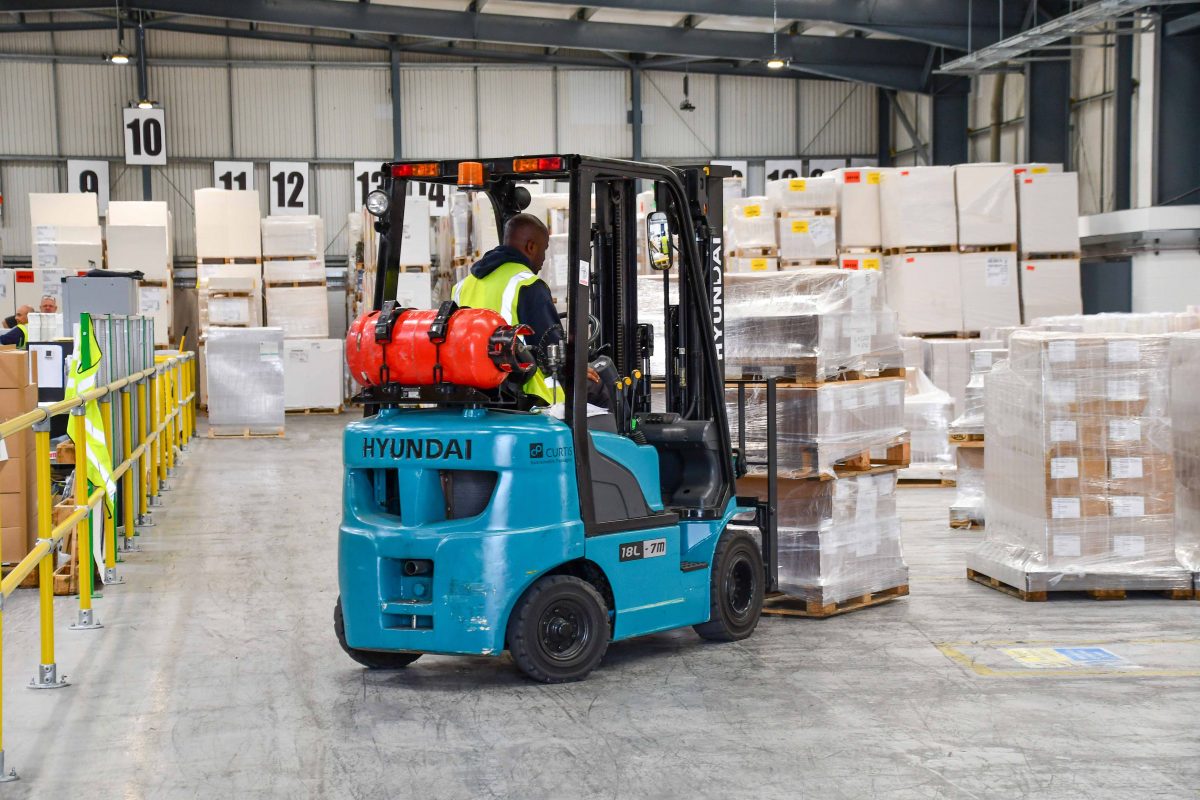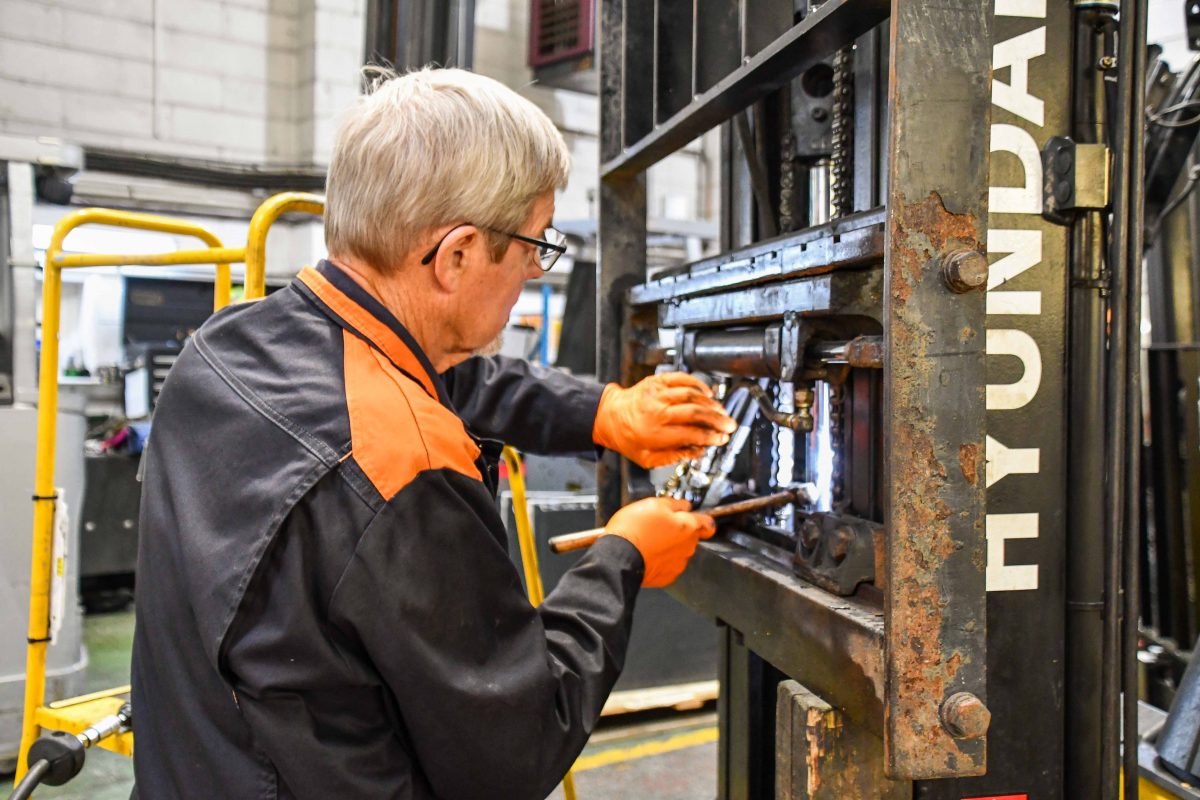Working at height is one of the biggest causes of fatalities and major injuries. In the UK during 2019 and 2020 falls from height accounted for 25% of all fatal injuries in the workplace. This is an average of 34 fatal injuries per year. Out of the 693,000 non-fatal injuries in the UK, 8% (55,440) are known to be falls from height. That’s 151 every single day.
Many of these fatal injuries are from operators having been trapped in a MEWP basket or when the machine has overturned. Great care must be taken to select the most appropriate MEWP for the job and ensure that each use of the machine is thoroughly planned and managed.
Many believe that the Working at Height Regulations 2005 (WAHR) only applies when you are working more than 2 metres off the ground. This is not true at all. The WAHR applies where there is any risk of falling a distance liable to cause personal injury. This includes, working on flat ground near an opening in the floor.
The HSE (Health & Safety Executive) advise to “avoid working at height where it’s reasonably practicable to do so” due to the dangers and risks involved. However, if you cannot avoid working from height, by law it is vital that all work is properly planned and organised. For Example: Your operators are competent and have the correct training, the necessary PPE is worn, and a risk assessment is carried out and a method statement is in place (RAMS).
When working from height you require both working from height training and harness training. This is to familiarise them with the controls and operation of the specific equipment they will be using. Before any working from height occurs, you should check their training certificate to make sure it is still valid.
As well as training, you must make sure you have the correct PPE. This includes but is not limited to hard hat, steel toe cap boots, harness, harness lanyard, hi-vis jacket, appropriate clothing and other protective gear as required i.e., gloves and safety glasses.
It is essential that you carry out a risk assessment before working at height and using any type of MEWP i.e., Powered Access Platforms. This is put in place to assess all possible risks and put actions / precautions in place to prevent them from happening. You also need to record your findings and review the assessment as necessary. A risk assessment MUST be carried out beforehand to protect yourself / your company if an accident occurs.
Follow HSE’s Managing risks and risk assessment at work information.
The law also requires you to have a Rescue Plan when working at height. This is in place in case of emergencies to rescue someone after a fall or when suspended in a harness etc. If someone is held motionless in a vertical position for a period of time, they can start to lose consciousness, this is known as Suspension Trauma. Also known as ‘harness-induced pathology’ or ‘orthostatic shock while suspended’. Harnesses can be deadly when someone is suspended for over five minutes in an upright position with their legs relaxed and straight.
In the case of planned work, you can use the following equipment types: Boom Lift, Scissor Lift, Access Platforms etc. In the case of unplanned / emergency work a ‘Man Cage’ Access Platform can be used. For example, if a light went out in a warehouse and you changed it immediately, a Man Cage is suitable.
In all aspects of working at height, you should inspect your equipment to ensure it is safe to use. Make people aware you are working at height. Pay attention to your environment, e.g. if there are potential hazards on your way up and down in the machinery. Lastly, someone should be monitoring / supervising at all times in case of an emergency or accident.
HSE Working at Height FAQS






